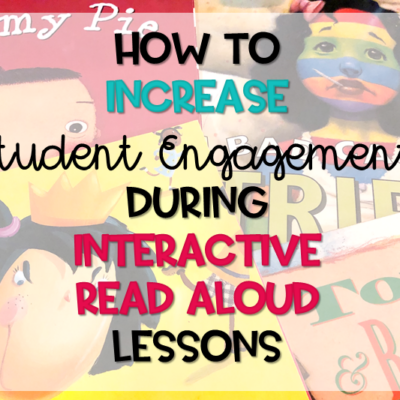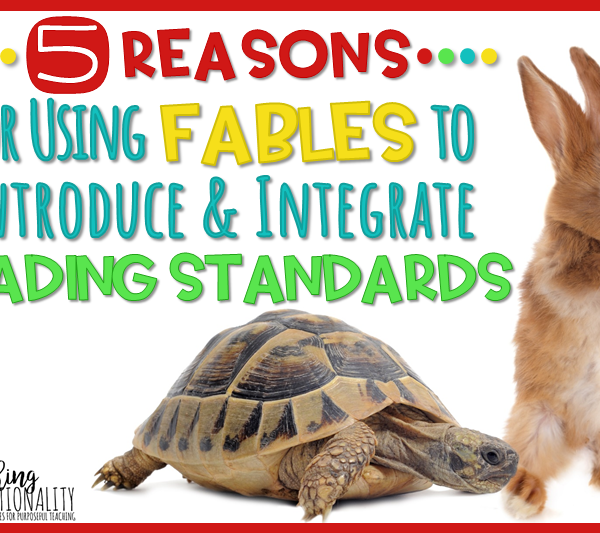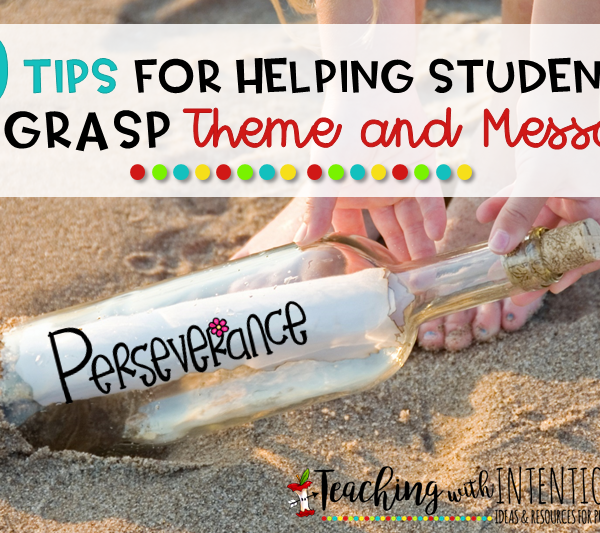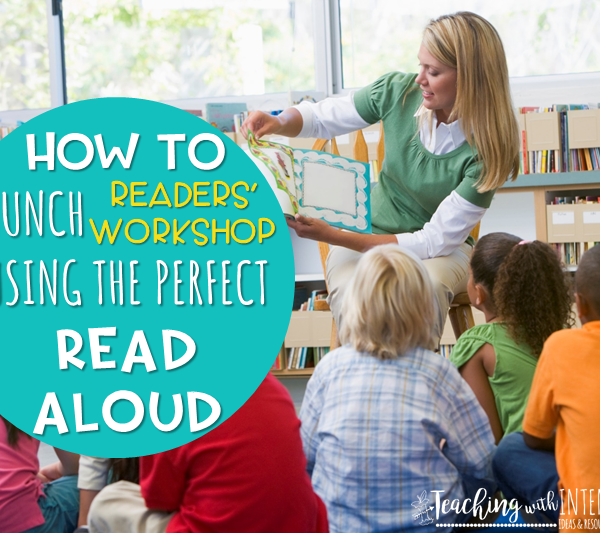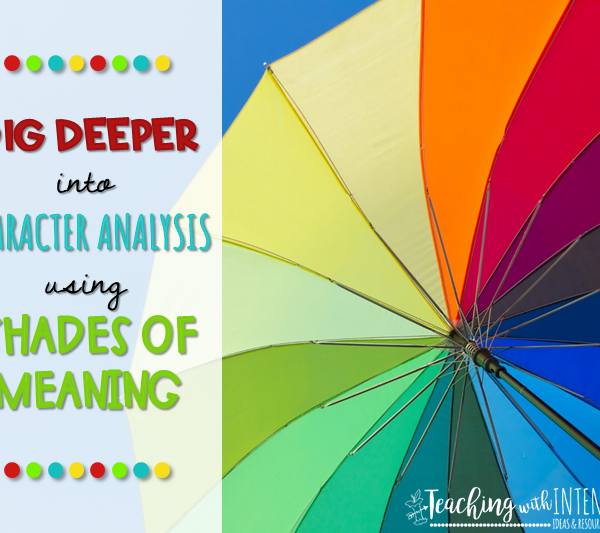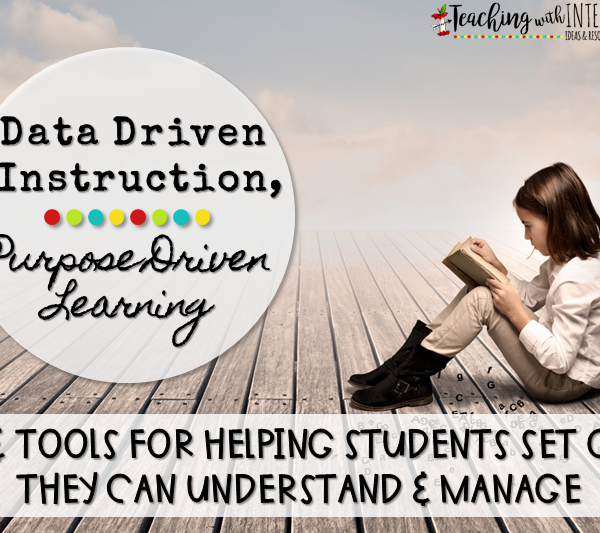Student engagement during read aloud time can be a struggle, especially if you have twenty five plus kiddos crowed at…
Read More
Reading Comprehension & Strategies
Using Fables to Teach Reading Standards
My students love fables, and I love using them in my classroom. Fables are great for introducing reading standards, as…
Read More
Teaching Theme in Literature
Teaching–theme in literature can be quite difficult at the elementary level. As a third grade teacher, I have struggled with…
Read More
Launching Reader’s Workshop
Every teacher loves a great back-to-school read aloud. There are so many popular titles to use as springboards for first…
Read More
Shades of Meaning or Nuances
Understanding shades–of–meaning or nuances can make a huge difference in students’ ability to comprehend literary text. When reading with my…
Read More
Student-Goals Are Key to Success
StUsingThe As teachers, student data is the center of many of our conversations. But how much time does it get…
Read More
